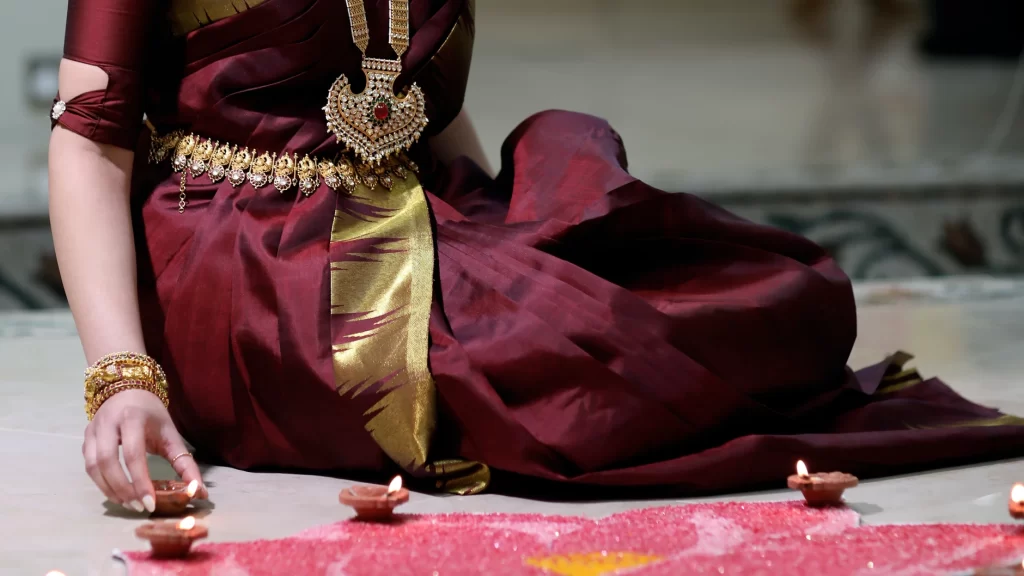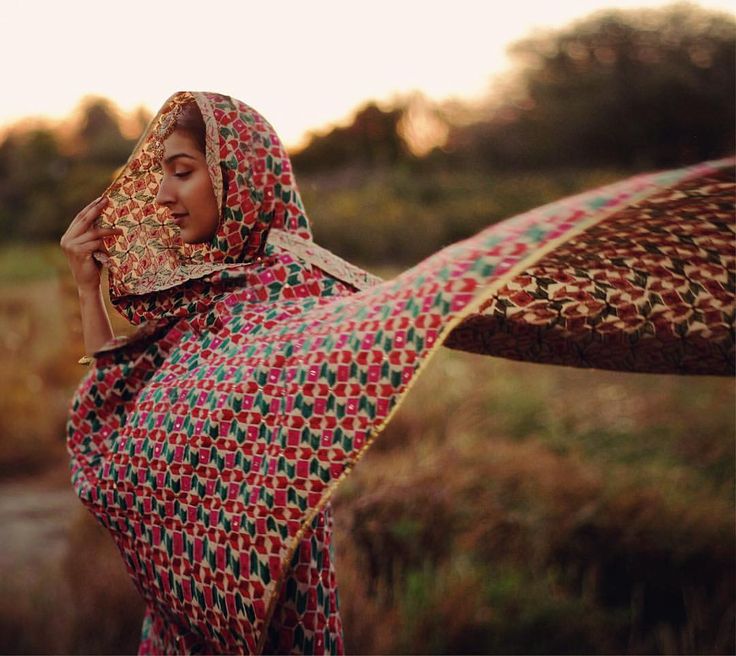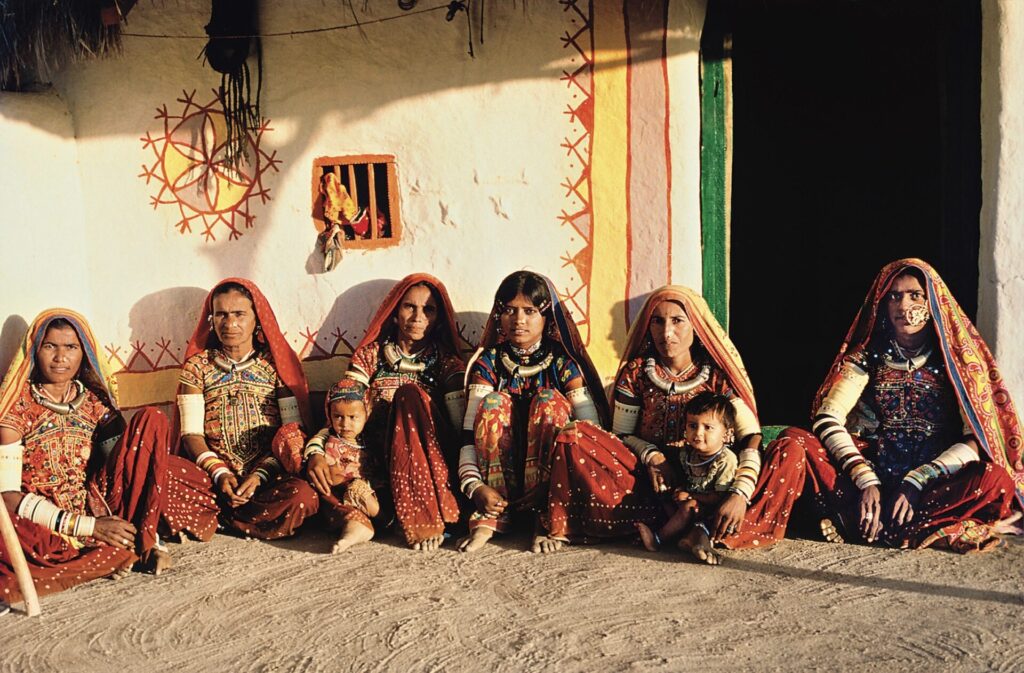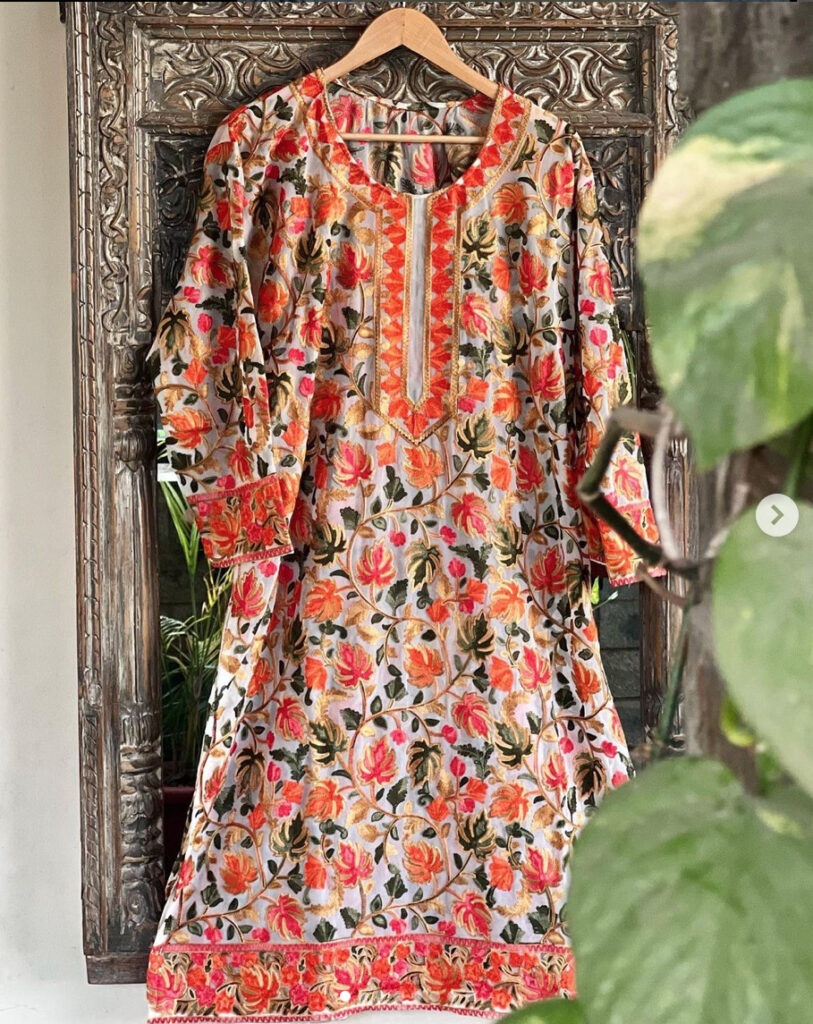Location: Kanchipuram, Tamil Nadu
Kanjivaram, Kanjeevarum or Kanchipuram silks, are one of the most prized hand-woven silks in the world, known for their saris that have a quality and feel like no other, with their tradition going back about 400 years. The extremely sturdy saris stand out for the heavy contrast between the border and the rest of the sari, and have been sartorially immortalised by legendary yesteryears’ star, Rekha!
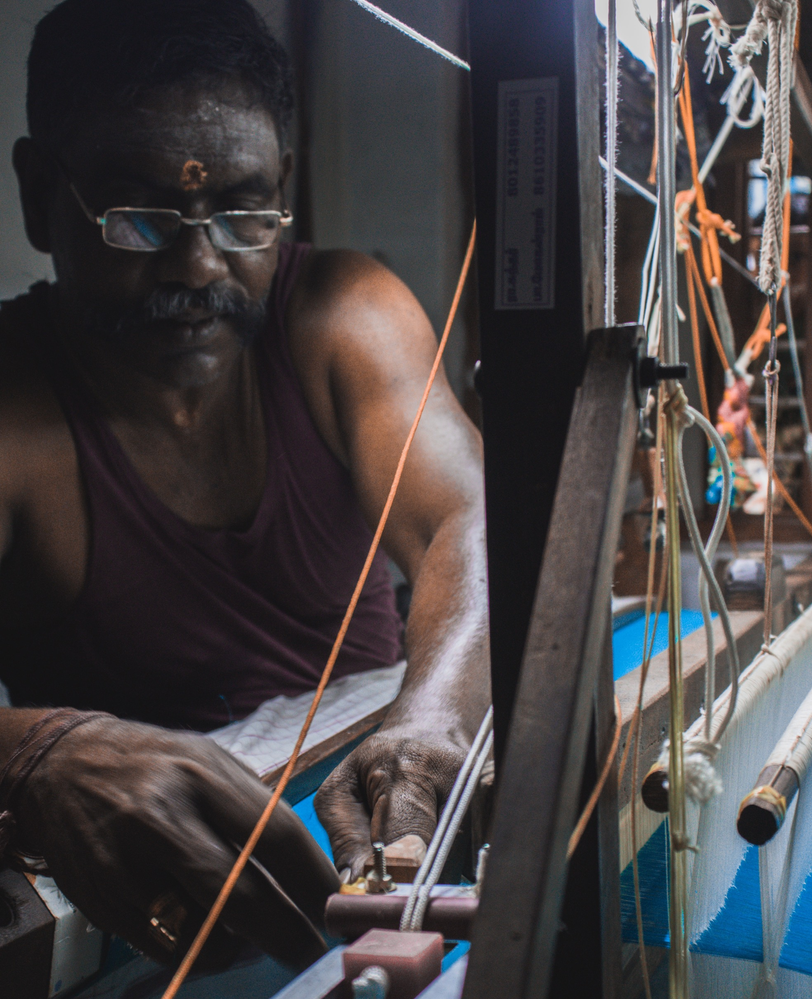
Legend: In the 15th century, the Devangas and the Saligars, weaving communities of Andhra Pradesh, migrated to Kanchipuram under Krishna Devaraya of the Vijayanagara Empire. The Kaanchi weavers consider themselves descendants of Sage Markanda, believed to be the master weaver to the Gods, and said to have woven tissue from lotus fibre. The silks they brought with them became the mainstay of the economy of the city of Kanchipuram, and this continues to be the case to date.

Fabric: The Kanjivaram silk thread is extracted from the mulberry worm. This Kanjivaram silk thread is then dipped in rice water and sun-dried, to increase both its thickness and stiffness. The pure gold and silver zari for the weave has traditionally been sourced from Gujarat, however this original zari is now being replaced by a more cost-effective metal or copper zari. An original Kanjivaram can weigh up to two kilos, due to the weave.
Design: While weaving, the silver zari runs in first and is then coated with the gold zari.The saris bear images of scriptures and figurines found on temples, palaces or in mythological stories. Interestingly, the pallu, the border and the body of the sari are woven separately and then interlocked with precision and neatness through a process called Korvai. The Korvai bond is so strong, the border won’t detach, even if the sari tears.
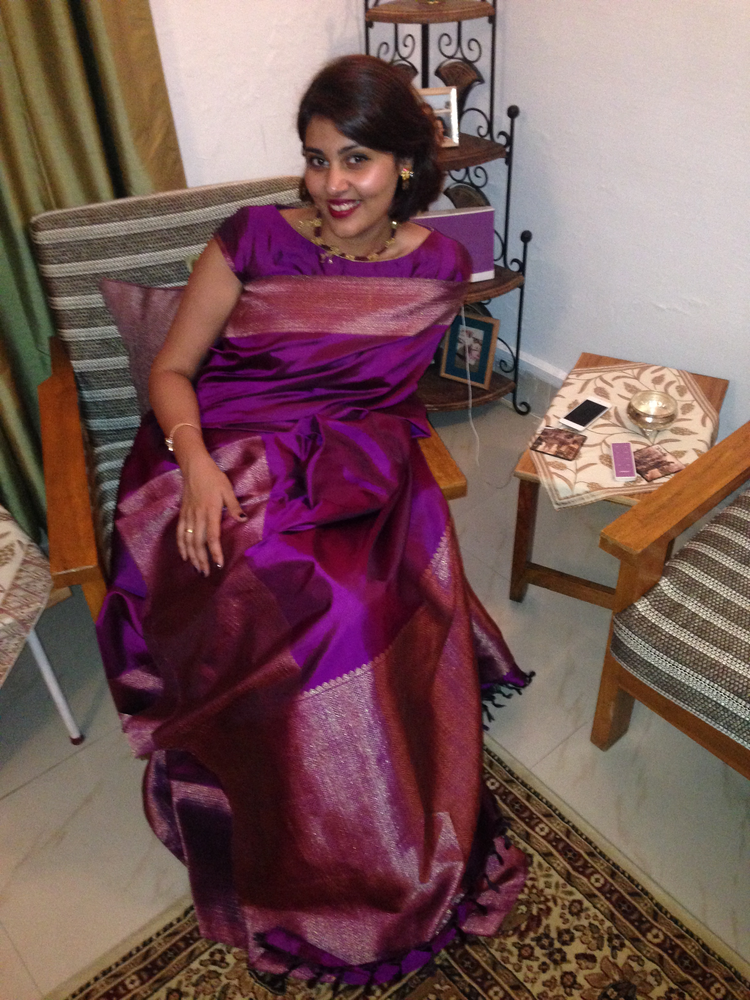
Buyer’s guide: An original Kanjivarm can cost anywhere between Rs 7,000 and Rs 2,00,000. These Kanjivarm sarees initially went the full 9 yards, woven to blend with the culture of designing and patterning temple stories. The weavers of Kanchipuram have their own silk-selling cooperative societies or are part of other cooperatives, such as The Tamil Nadu Handloom Weavers′ Co-operative Society Ltd, popularly known as Co-optex, which was established in 1935 and whose primary purpose is the marketing of handloom fabrics produced in Tamil Nadu. So if you’re looking for an authentic source that works directly with the weavers, this is a good place to turn to.
One of the most fool-proof ways of telling an original Kanjivaram from a fake is to pick a few loose threads from the sari and burn them. An original will leave behind an ash with a smell similar to that of burnt leather or hair, but artificial fibres will leave behind no ash. While this is a tedious test, an easier and more doable one would be to look for the loose ends of zari. Pure zari is made of a red silk thread, which is then twisted with a silver thread and dipped in gold. If you find the zari thread to be white or any other colour, you can be certain that the zari is not an original.
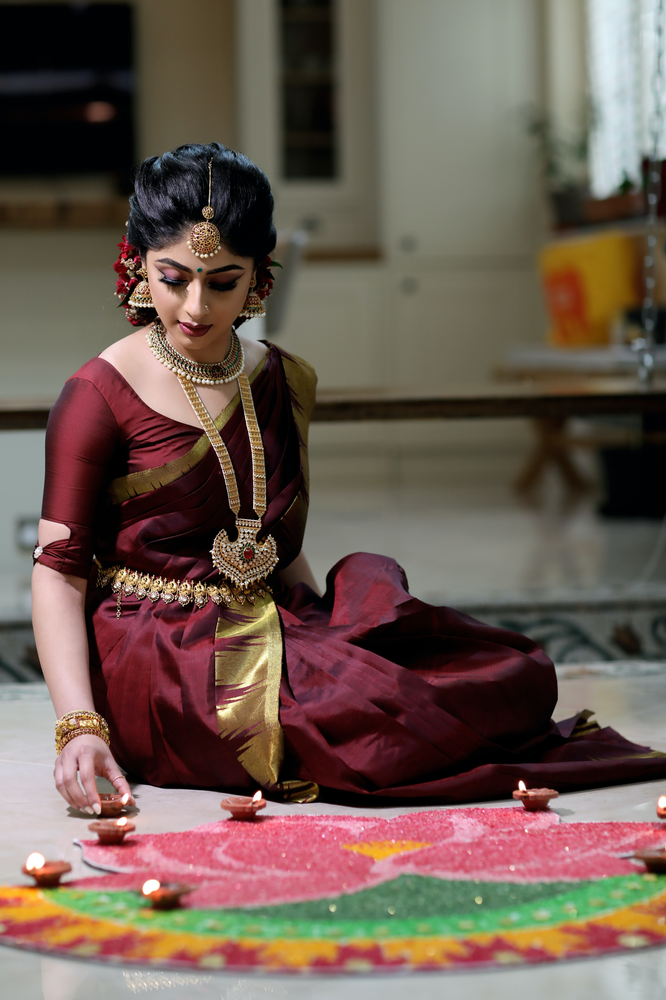
How to care: Dry clean or rinse at home with cold water without any soap. Store the saree in a saree bag to maintain its sheen.

